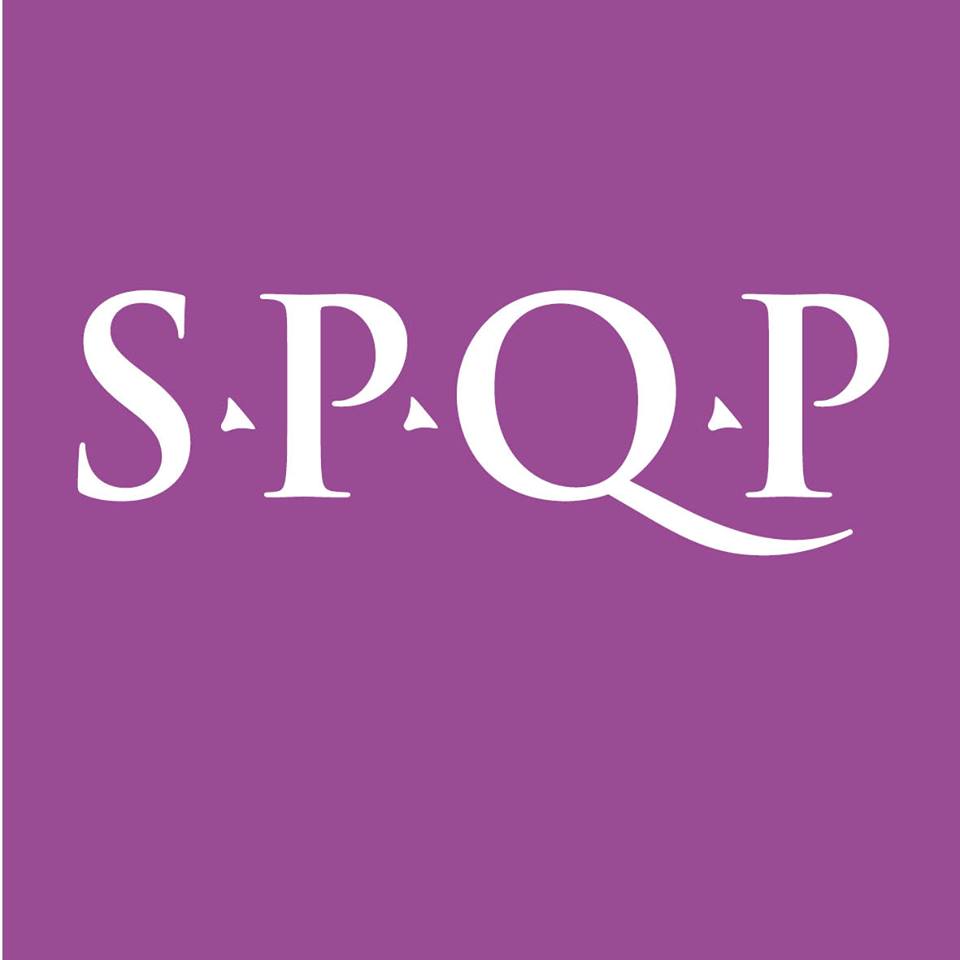In Czechoslovakia, same-sex intercourse was a criminal offense until 1962, when it was decriminalized. The age of consent for same-sex intercourse was 18 years old, meanwhile for heterosexual intercourse’s age of consent remained at 15 years old. Although same-sex intercourse itself was decriminalized, non-heterosexuality was still socially highly intolerable. The State Security gathering compromising materials did also focus on, apart from others, sexual orientation. The fear of being bullied by authorities, possible abuse of government power and problems in family, amongst friends or in workplace, forced non-heterosexuals to conceal and deny their sexual orientation. They thus lived double lives – one “official” and the other, which they had to hide from mainstream society.
As stated by Jan Seidl, historian and one of the initiators of the Society for Queer Memory, the history of non-heterosexual individuals and social groups can be treated as a more general civilization issue, one of many with which the Czech society has coped in its history. Seidl sees parallels between the history of non-heterosexuals and the relationship of Catholics and Protestants in pre-modern times, 19th-century labour issues, the Czech-German relations before 1945 and the opposition to the Communist regime after 1948. In all these cases, a minority had to deal with the majority disposing of symbolic power. The description of repression against "forbidden" people, knowledge of the mechanism of the relationship of power with social demand, the reaction of society within extreme situations, often led to severe homophobic manifestations (e.g. queer question within the Holocaust), a choice of minority strategies, various ways of remaining confidential; all these issues can provide a better understanding of more general processes, both in the case of sexual minorities and political dissent.
The gradual settlement of the relations of the non-heterosexual minority with the state power, as well as the active negotiation with the majority society, emerged only after 1989. These negotiations in the field of society, culture and law persisted until recently. Since 2013, the Society for Queer Memory has been dealing with the long-standing effort to acknowledge, and in particular with the problematic life of, “second lives” and personal stories of non-heterosexual minority. As many historians have focused their attention on the history of LBGT people since the 1990s, and the research in this field has already advanced relatively far, the founders of the Society for Queer Memory have decided to turn away from a purely academic perspective. Thus, they began to collect the memory of older members of the LGBT community. Their aim was to implement a certain form of “rescue research” and to collect interviews to preserve the memories of these people for future generations. The main reason is the fact that LGBT people often did not have any offspring to whom the memory could be passed on. The recorded interviews cover the period of state socialism and post-socialism. The uniqueness of the collection of these oral and historical testimonies lies in the fact that, unlike all other institutions involved in collecting memories, heterosexual orientation is not the norm. Questions about other sexuality, especially those dealing with people's life experience, are not examined enough yet.
In addition to the interviews and their transcripts, which are an important part of the collection, the Society also collects various items and testimonies, personal archives or estates of individual narrators or witnesses, from ego documents and papers to material objects of everyday needs and artistic artefacts connected to queer history. The collection covers a longer period, ranging from the Habsburg monarchy through the First Czechoslovak Republic (1918-38), the Protectorate (1939-45), under socialism, until the present day. This makes this collection, which is still expanding, unique within the Czech environment. Its uniqueness is also evidenced by the fact that the collection has recently been used in the preparation of publications from the series “Kmeny” (“Tribes”) - a multi-volume book publication and the Czech Television documentary series on the life of Czechoslovak subcultures. The Society also lends items to various Czech and foreign exhibitions. In the future, according to the Society’s plans, the collection should serve as the basis for a permanent exhibition of the history of sexual minorities in the Czech Lands. So far, the task of the collection is to preserve some form of specific memory as well as serve research needs, educational and popularizing purposes. The Society carries out film screenings, its members encourage students of bachelor, masters and postgraduate programs to research on issues related to sexual minorities, and the Centre also works as a meeting place for queer seniors. The activities of the Society are annually presented in a stand at the Prague Pride event.
According to the founders of the Society for Queer Memory, the continuity of memory and its preservation as well as its transfer are a basic element in the formation of the community. They accentuate the exclusion of non-heterosexual people and stress the fact that most archival documents dealing with queer people are from police or psychiatric records, they draw attention to the frequent absence of family memories and the generally stronger process of “forgetting”. They believe that it is the community and its traditions that provide its members with both social and individual self-confidence. As stated by Czech art historian Milena Bartlová, “the Society for Queer Memory, its future collections, archives and museum, opposes the forced forgetting of the lives of people who were forced to live in hidden communities, excluded from family traditions and memorial rituals.”

